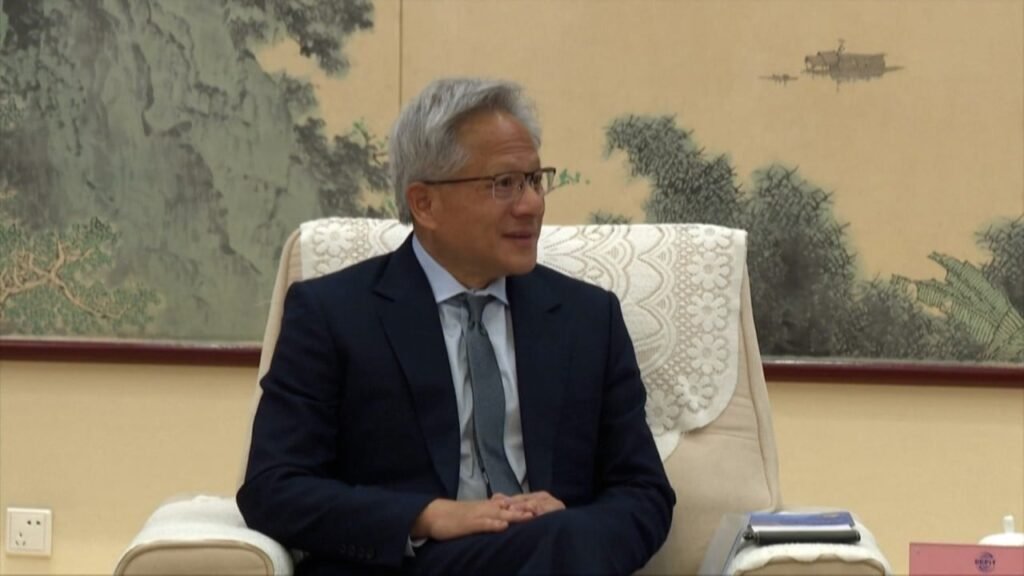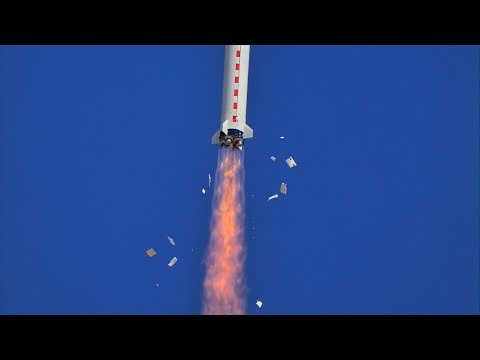Inclusion on the economy ministry’s trade administration’s strategic high-tech commodities entity list means Taiwanese companies will need government approval before exporting any products to the companies.
The companies, both at the centre of China’s chip and artificial intelligence (AI) ambitions, were included in an updated version of the ministry’s trade administration’s website. Neither company responded to requests for comment outside of office hours at the weekend.
In a statement on Sunday, the ministry’s trade administration said it had recently held a meeting to review the entity list, and “based on the prevention of arms proliferation and other national security considerations” updated it on June 10.
A total of 601 entities were added, including Huawei and SMIC, along with entities from Russia, Pakistan, Iran, Myanmar, and China, it said.

Live Events
“Manufacturers must comply with export control regulations, fulfil their verification obligations and carefully assess transaction risks,” it added.
Discover the stories of your interest


Taiwan is home to TSMC, the world’s largest contract chipmaker and a major supplier of chips to AI darling Nvidia. Both Huawei and SMIC have been working hard to catch up in the chip technology race. Taiwan, which China claims as its own territory despite the strong objections of Taipei’s government, already has tight chip export controls when it comes to Taiwanese companies either manufacturing in the country or supplying Chinese firms.
Huawei is on a U.S. Commerce Department trade list that essentially bars it from receiving U.S. goods and technology, as well as foreign-made goods such as chips from companies like TSMC made with U.S. technology.
Last October, TechInsights, a Canadian tech research firm, took apart Huawei’s 910B AI processor and found a TSMC chip in it. The multi-chip 910B is viewed as the most advanced AI accelerator mass-produced by a Chinese company.
TSMC suspended shipments to China-based chip designer Sophgo, whose chip matched the one in the Huawei 910B and, in November the U.S. Commerce Department ordered TSMC to halt shipments of more chips to Chinese customers.
Taiwan’s government has also repeatedly vowed to crack down on what it says are efforts by Chinese companies, including SMIC, to steal technology and entice chip talent away from the island.
SMIC is China’s largest chipmaker and has ramped up investment to expand production capacity and strengthen China’s domestic semiconductor capability in the face of sweeping U.S. export controls.








